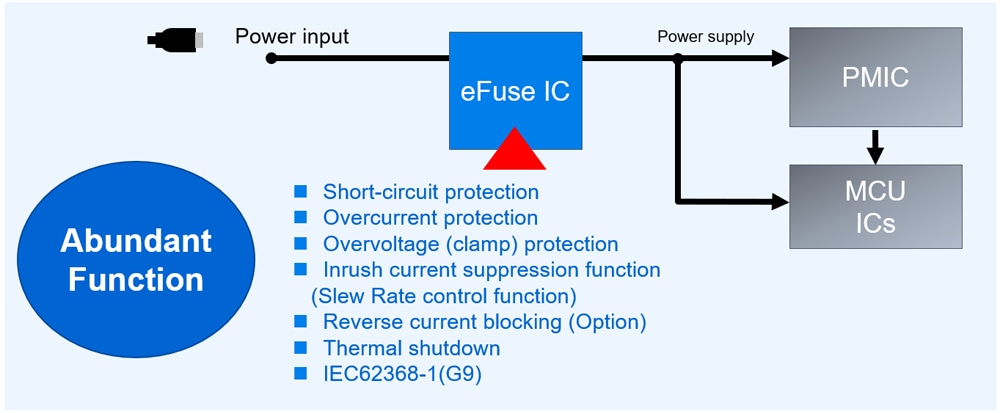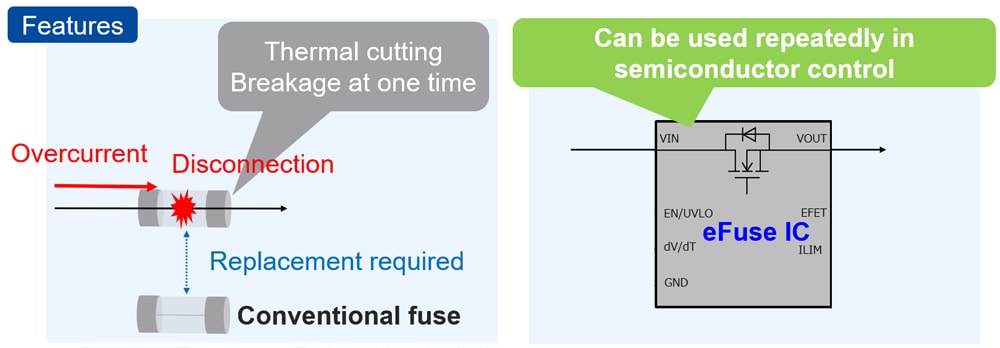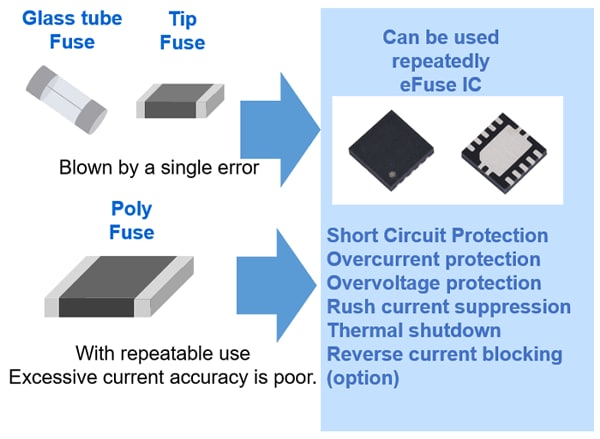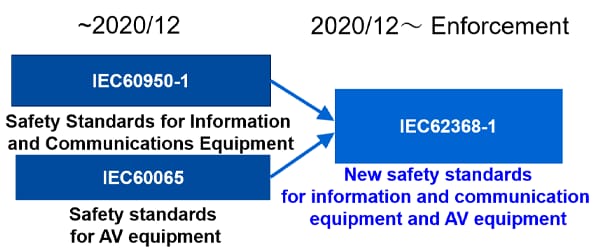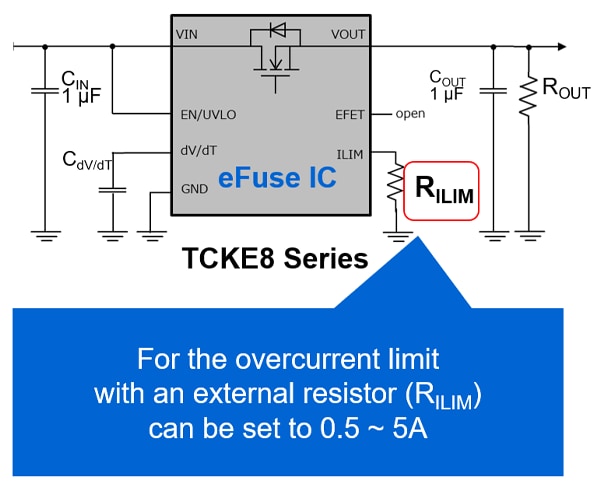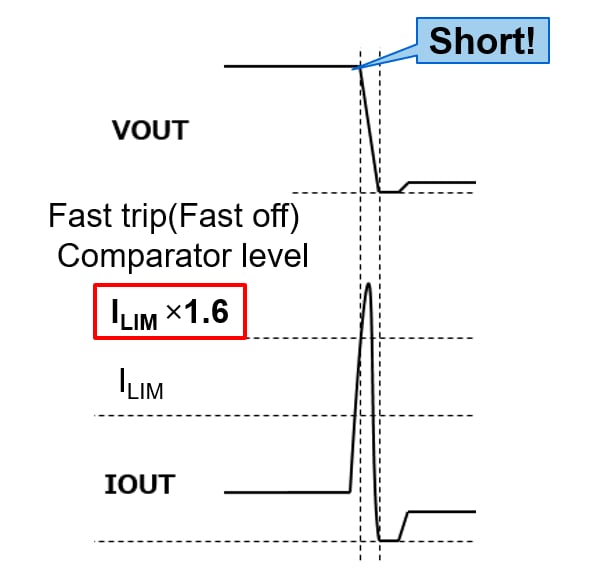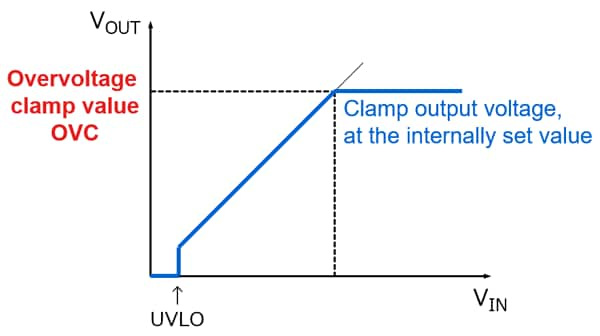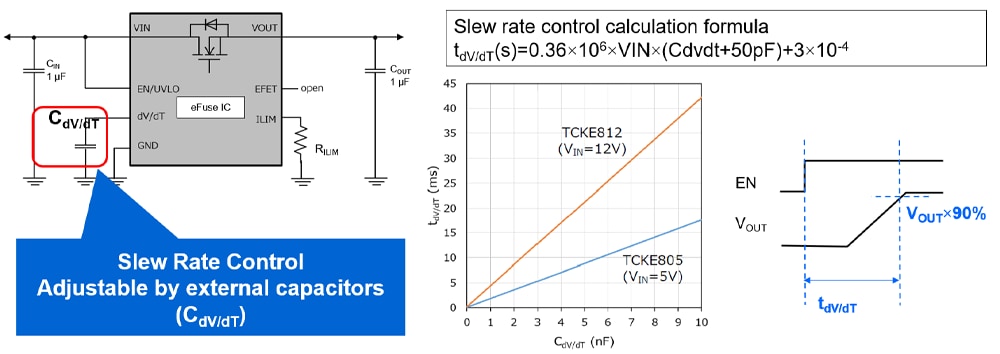- General Top
- SEMICONDUCTOR
- STORAGE
- COMPANY
-
My ToshibaSemicon
- Semiconductor Top
-
ApplicationsAutomotive
Body Electronics
xEV
In-Vehicle Infotainment
Advanced Driver-Assistance Systems (ADAS)
Chassis
IndustrialInfrastructure
BEMS/HEMS
Factory Automation
Commercial Equipment
Consumer/PersonalIoT Equipment
Healthcare
Wearable Device
Mobile
Computer Peripherals
-
ProductsAutomotive Devices
Discrete Semiconductor
Diodes
Transistors
Logic ICs
Analog Devices
Digital Devices
Wireless Devices
※
: Products list (parametric search)
Power SemiconductorsSiC Power Devices
※
: Products list (parametric search)
Isolators/Solid State RelaysPhotocouplers
Digital Isolators
Solid State Relays
Fiber Optic Transmitting Modules
※
: Products list (parametric search)
MOSFETsIGBTs/IEGTsBipolar Transistors※
: Products list (parametric search)
Diodes※
: Products list (parametric search)
MicrocontrollersMotor Driver ICsIntelligent Power ICs※
: Products list (parametric search)
Power Management ICsLinear ICs※
: Products list (parametric search)
General Purpose Logic ICsLinear Image SensorsOther Product ICsOther Product ICs
※
: Products list (parametric search)
-
Design & Development
-
Knowledge
- Where To Buy
- Part Number & Keyword Search
- Cross Reference Search
- Parametric Search
- Stock Check & Purchase
This webpage doesn't work with Internet Explorer. Please use the latest version of Google Chrome, Microsoft Edge, Mozilla Firefox or Safari.
require 3 characters or more. Search for multiple part numbers fromhere.
The information presented in this cross reference is based on TOSHIBA's selection criteria and should be treated as a suggestion only. Please carefully review the latest versions of all relevant information on the TOSHIBA products, including without limitation data sheets and validate all operating parameters of the TOSHIBA products to ensure that the suggested TOSHIBA products are truly compatible with your design and application.Please note that this cross reference is based on TOSHIBA's estimate of compatibility with other manufacturers' products, based on other manufacturers' published data, at the time the data was collected.TOSHIBA is not responsible for any incorrect or incomplete information. Information is subject to change at any time without notice.
require 3 characters or more.
Comparison of eFuse IC performance with conventional fuses

Results of short circuit protection operation
|
eFuse IC (TCKE812NL) |
Polyfuse |
Chip fuse |
|---|---|---|---|
Rated current |
3 A (Setting) |
3.1 A (Rated) |
3 A (Rated) |
Interruption time |
2 μs |
2.9 S |
7 μs |
Protective operation review |
|
|
|
It was confirmed that a large current of 70A or more flowed momentarily in the poly fuse and chip fuse, and the chip fuse was broken.
The figure above shows the result of comparing the short circuit protection performance between the eFuse IC and the conventional fuse (poly fuse, chip fuse).
We were checking how long the output current turned off when the output is short-circuited to GND.
(For comparison, the overcurrent settings of the eFuse IC, poly fuses, and chip fuse ratings were unified around 3A.)
As a result, the off time of the eFuse IC on the left side was about 2 μs, while that of the poly fuse in the middle figure was about 3 seconds, and that of the chip fuse in the right figure was about 7 μs.
The peak current was also suppressed to about 35A by the eFuse IC.
On the other hand, conventional fuses did not fit in the measurement range, and a large current of 70A or more flowed.
Basics of eFuse ICs
Related information
- Product Web Page
- Applidcation Notes
- FAQ
- Parametric searches for all Toshiba eFuse IC products are available here:
- Stock Check & Purchase Toshiba eFuse IC here
